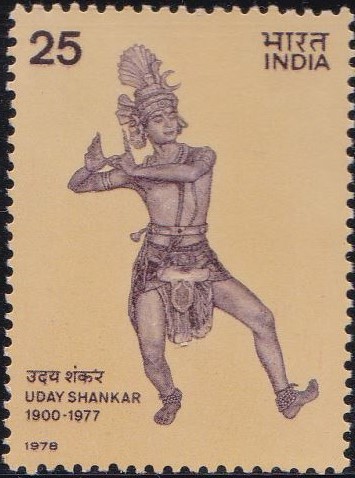
Uday Shankar
A commemorative postage stamp on the 1st Death Anniversary of Udai Shankar, an Indian dancer and choreographer, pioneer of modern dance in India :
Issued on Sep 26, 1978
Description of Design : The stamp is vertical, depicting Uday Shankar in a dance pose. The First Day Cover shows “TANDAVANRITTYA” by Uday Shankar Ballet. It is horizontal and multicolour.
Type : Stamp, Mint condition
Colour : Buff and Plum
Denomination : 25 Paise
Overall size : 3.91 X 2.90 cms.
Printing size : 3.91 X 2.90 cms.
Perforation : 13 x 13
Watermark : Unwatermarked paper
Number printed : 30,00,000
Number per issue sheet : 35
Printing Process : Photogravure
Designed and printed at : India Security Press
Name : Uday Shankar Chowdhury
Born on Dec 8, 1900 at Udaipur, Rajasthan, India
Died on Sep 26, 1977 at Kolkata, West Bengal, India
About :
- Uday Shankar was born on December 8, 1900, in Udaipur. He was the eldest son of Dr. Shyam Shankar Chowdhury, an educationist. Uday spent his childhood at Ghazipur. A truant who hated school, he sneaked away from home to watch a dance and he repeated at it home.
- Uday Shankar was sent to school at Varanasi and then to the J.J. School of Arts, Bombay. In 1920, he went to England and was admitted to the Royal College of Arts, London, where he tried to master Western painting under Sir William Rothenstein. However, he opted for a dancing career in 1922 under the influence of Anna Pavlova, Europe‘s then leading Ballerina.
- He tried his hand in running a school of dancing at Almora (1939) and at producing a film “Kalpana“. As a dancer, he was original, as a choreographer, idealistic. He was the first person to present an Indian ballet with an Indian theme, accompanied by a musical score in which no foreign instrument was used. Uday Shankar with his troupe toured extensively in Europe, America and other parts of the world. He can be called one of the great cultural ambassadors of our age.
- His main achievement was the blending of the Indian classical style with the western ballet and various folk dances. Much of his inspiration came from Indian mythology and temple sculpture, which he re-created with his own imaginative ideas about dress decor and music in its many dimensions. Notable examples of this synthesis were his famous items like “Shivatandava“, “Gajasurabadh“, “Kartikeya“, “Indra“ and “Labour and Machine“.
- He passed away on September 26, 1977.



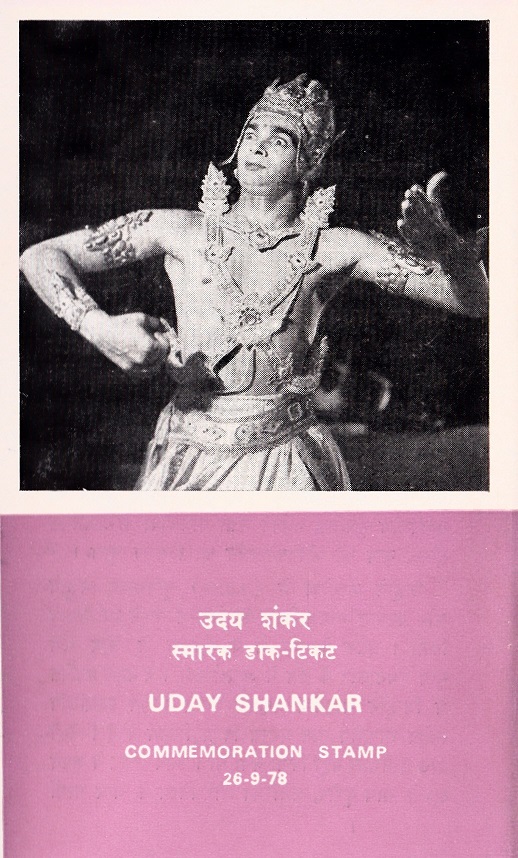 Issued by
Issued by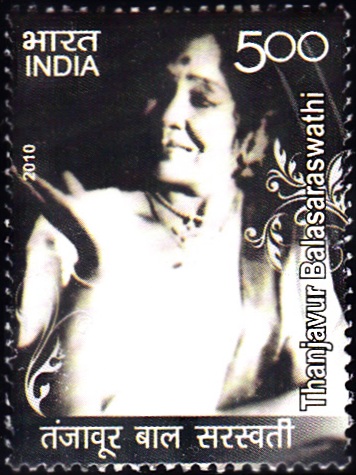
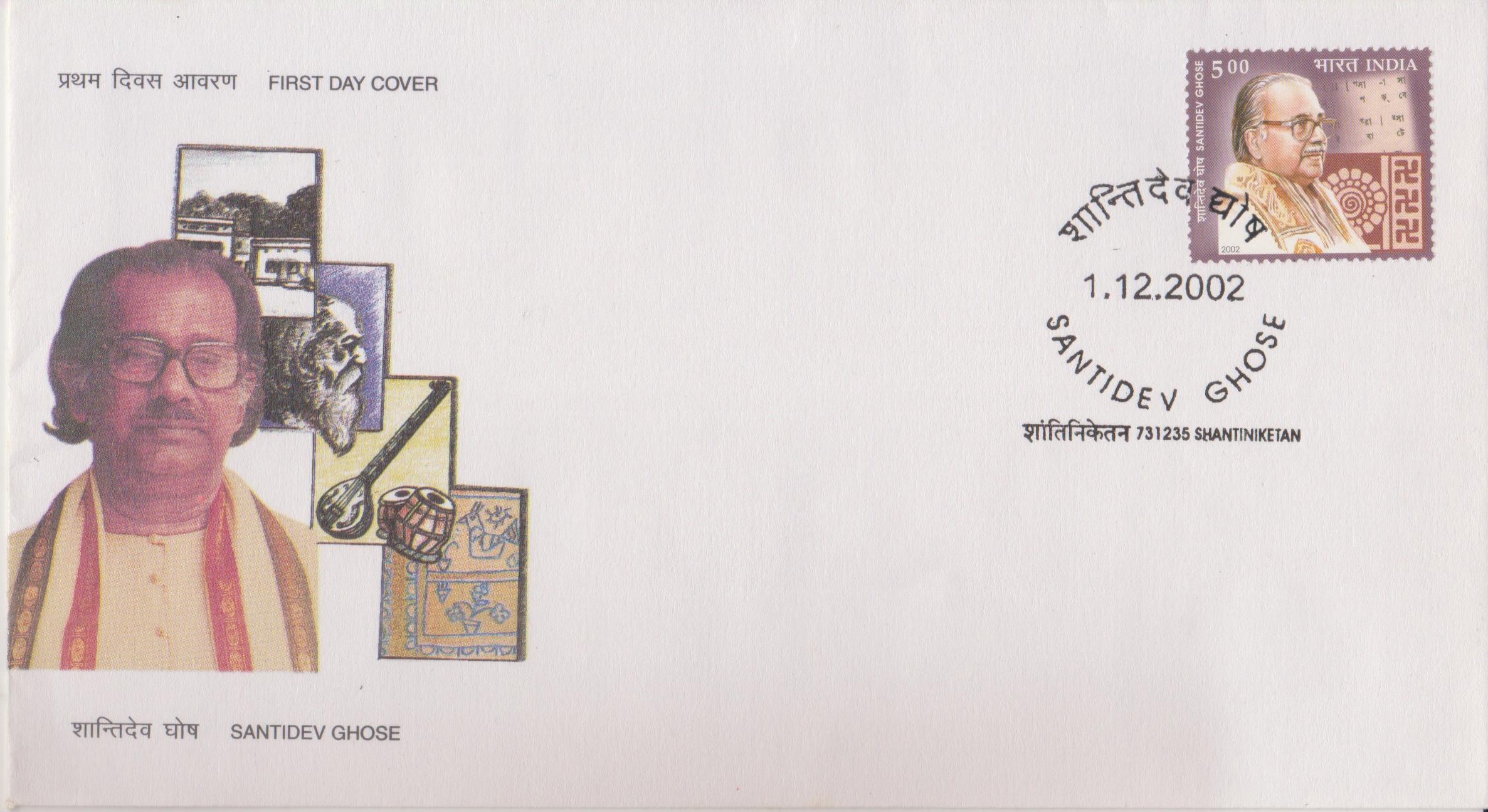
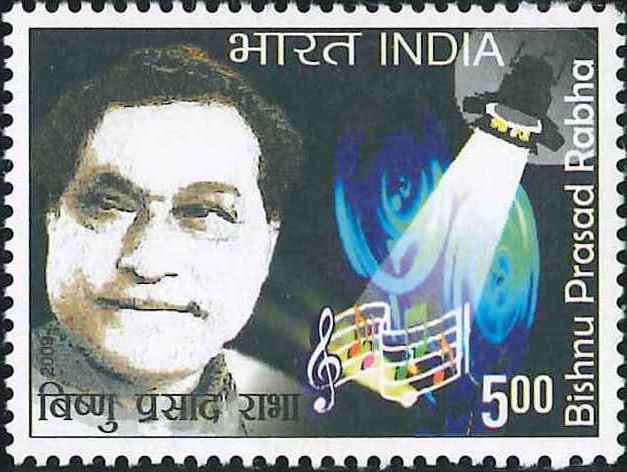
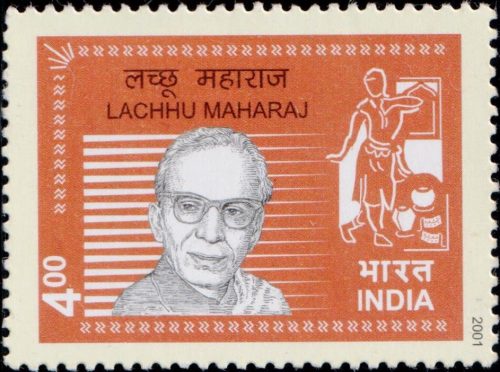
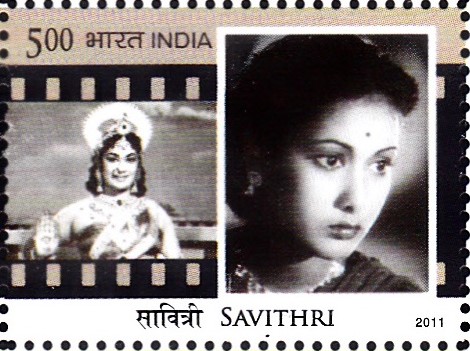
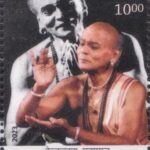
[…] natural inclination for dancing and music especially Hindi and Bengali folk music. He joined the ‘Uday Shankar India Culture Centre’ in Almora. After his dance training, he got a break in films as a dance […]